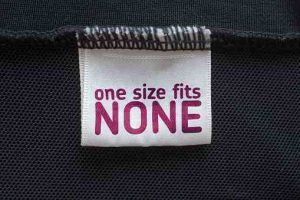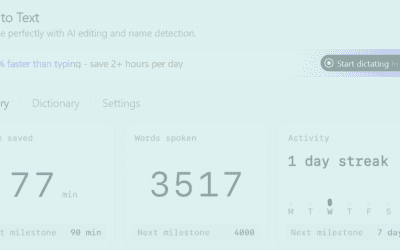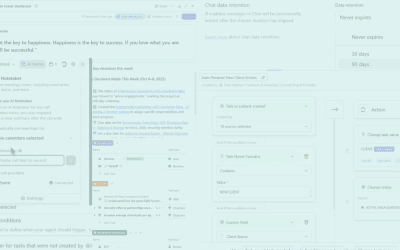
All projects aren’t the same. In fact, very similar projects can have very different journeys and outcomes. This is especially true for small and medium sized businesses.
Most project management tools and methodologies have emerged out of large enterprise undertakings. I think back to those 20,000-line project plans that we toiled through when implementing Obamacare in Vermont. Project charters, thousand-line RACIs, status reports of status reports, hundreds of pages of test plans, and we could go on. Many of those tools were necessary, because, well, it was a $250 million implementation, and it required laser-focused coordination among several hundred team members.
Now, let’s compare that to the 100 mailbox Exchange migration that we recently led for an education firm in Colorado or the digital transformation to Microsoft 365 that we led for a six-person financial services firm in Southern Florida. If we chose to leverage the same tools with the same level of detail, the project management costs would likely have equaled the entire cost of the project. Instead, we worked with our customers to select the right mix of tools to help us stay coordinated and help leadership stay informed.
In many cases, that involves putting together a Microsoft Teams channel where all communication occurred, both internally and with the client. We always have a kickoff deck and meeting that confirms the scope, establishes communication protocols, introduces all team members, has a high-level timeline, and allows for the whole team to ask any questions that they had about how this project was going to go. We publish status reports on a regular basis, often three times per week. When we have a shared Microsoft Teams channel, we put the status report in there with the weekly objectives, risks, issues, and key decisions, and it is updated in real time, at a minimum of three times per week.
Our customers and their clients love the level of transparency and coordination that this light project management approach provides. Our project teams are small and flexible enough to operate with a lean set of project management tools. This keeps the administrative overhead costs down for small projects, but it still provides the benefits of organization through standard project management principles.


